
Logitech G900 Chaos Spectrum Review
Manufacturer: LogitechUK price (as reviewed): £119.99 (inc VAT)
US price (as reviewed): $149.99 (ex tax)
Logitech doesn't really need any introduction at all; it has been one of the leading peripheral brands for years and has garnered a lot of loyal customers. I have used many Logitech products in the past and have always been impressed; the Logitech G5 will always have a special place in my heart. Having said that, I have been using other brands for the last few years, so it will be interesting to try its latest flagship mouse, the wireless G900 Chaos Spectrum.
Inside the box we have the mouse, a USB dongle, some extra buttons, an adapter, and the cable. There are leaflets as well for things such as the warranty and a quick start guide, but we have seen them thousands of times.
First of all, let's look at the way the G900 Chaos Spectrum charges and also connects to the PC. The cable that is bundled with the mouse is 1.8m long and sleeved in a soft material that slides well; this is beneficial, as you can use this mouse wired or wireless. To use the mouse wireless, you have two options. Option one is to plug the small USB dongle directly into your computer, while option two has you using the adapter and the charging cable to create a dongle. Both ways work the same, so it is down to personal preference. We plugged in the small dongle and used the wire for charging only, as it took a little less effort.
The connector for the charging wire might look a little strange, but it is just a micro USB connector with a moulded rubber sheath; this allows the wire to locate the terminals on the G900 better and also makes a solid connection. When the wire is plugged in, it actually feels like part of the mouse rather than an additional part. It is sturdy and secure, making it a pleasure to use. When connected via the wire, the mouse will start to charge, with a visual indicator to let you know the status of the charging: Green means it is fully charged; red means it is running low. The LED colours can also be changed via the software which we shall look at a little later.
When using a mouse, the left and right mouse buttons are the most used and need to feel right. With the G900, Logitech seems to have gotten them perfect. They might not suit every taste, but they are soft enough to be rapid-clicked but have enough tension to deliver a crisp, clean click that feels rather satisfying. The same can be said for all of the other buttons on the mouse; there are none that feel cheap or too plasticky, but for the price this is expected. The scroll wheel is multi-directional: It can be scrolled forwards and backwards and click as per usual, but you can also move it left and right.
Looking at the Logitech G900 from this angle, we can see a small cluster of buttons behind the scroll wheel. Usually on a scroll wheel, you can feel little tactile bumps as you scroll, and this is no different with the G900, however a push of the button directly behind the wheel puts it into 'Hyperfast' most. This mode basically reduces the friction on the wheel and allows you to spin it as fast as you want. This makes scrolling through long pages or documents very easy. The other two buttons that look like little triangles, by default, allow for on-the-fly DPI changing.
From the rear of the Logitech G900, you can see just how symmetrical it is. This allows for ambidextrous use, and although the contours are not as aggressive as on some mice and the back looks a little bulbous, it fits my hands perfectly and is very comfortable. This is, of course, a personal preference, and you might have a difference of opinion.
Usually, ambidextrous mice have a major flaw: They still have the buttons on the left-hand side, which is fine for most of us, but left-handed people have to either learn to use the buttons with their pinky or just not use them at all. When you first open the G900, the thumb buttons are indeed on the left-hand side, but Logitech has included buttons for the right-hand side too. This allows you to configure the mouse in four separate ways: no buttons, left side buttons, right side buttons, or buttons on both sides. The buttons are installed or removed very easily thanks to magnets - you simply pull the blanking plate off and attach them. These buttons have a great feeling and don't feel loose, which was a big surprise.
The lighting zones on the Logitech G900 Chaos Spectrum are limited to two. One of the areas we have already shown - the charging light - and the other is the Logitech logo. This 'G' can be set to any colour you like and a number of effects. You can also turn the LED off completely if you want something a little more subtle.
Taking a look at the underside of the G900 shows us no less than six feet. These allow the mouse to glide without causing too much friction. More skates are not always a good thing, but as Logitech has kept them small, the overall surface area is reduced, yet the area of effect is large. This means that the mouse slides around perfectly fine. Also on the bottom of the mouse, there is an on/off button as well as a sync button. We haven't been able to test the sync button, try as we may, as we couldn't get the G900 to lose connection with the USB dongle; it just always stayed connected. Clearly, it's still good to have it in case connection ever is lost.
The final and arguably the most important part of the mouse can also be seen on the underside of the mouse: the sensor. In the G900, Logitech uses the exclusive Pixart PMW 3366, which allows a DPI range from 200-12,000 and has zero acceleration and smoothing. As Logitech has partnered with Pixart to create this sensor, it has been fine-tuned to its specification. Having said this, with the public release of the PMW 3360, we can purchase an almost identical sensor from other brands, and the changes Logitech makes don't really make a huge difference; both are excellent sensors.
So, the hardware is pretty solid, but with so many buttons and features, let's check out the software.

MSI MPG Velox 100R Chassis Review
October 14 2021 | 15:04


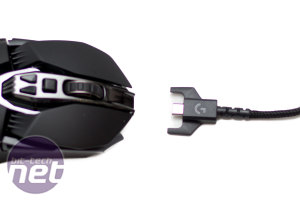
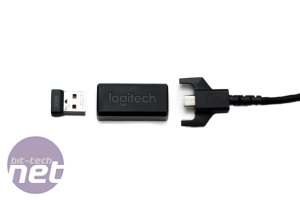
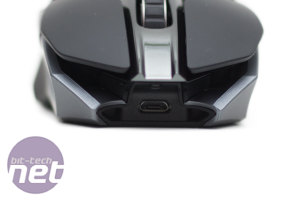
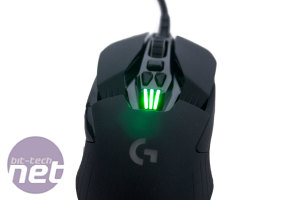
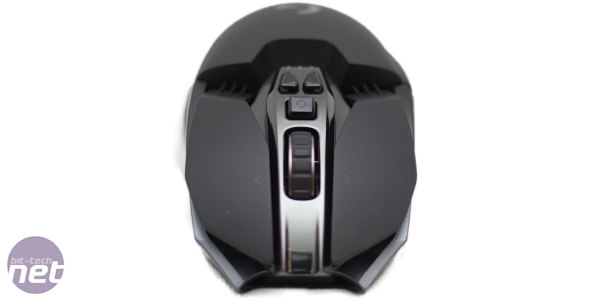
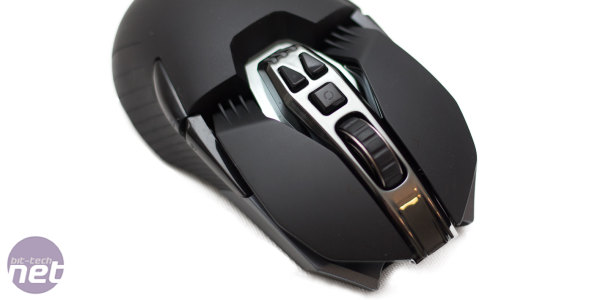

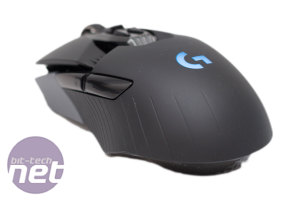
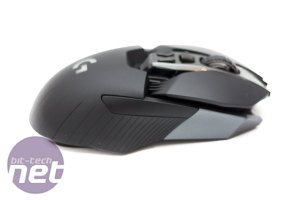

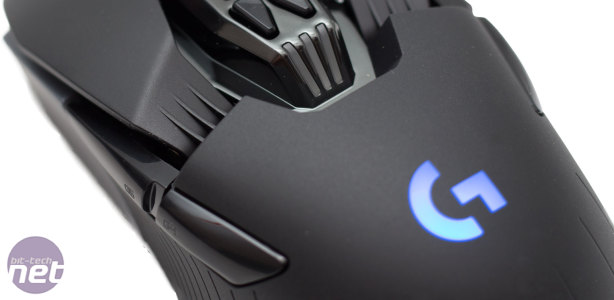
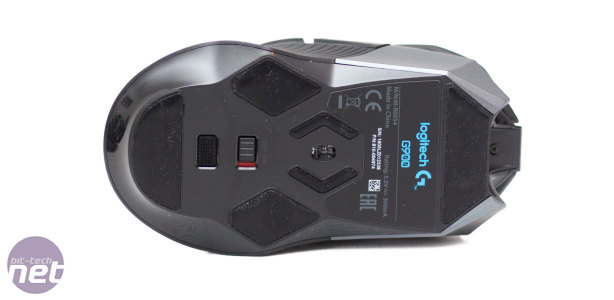
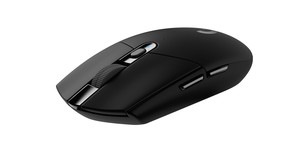
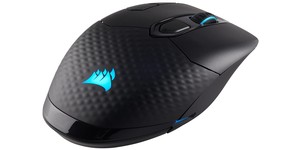
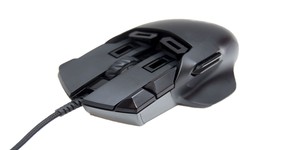




Want to comment? Please log in.